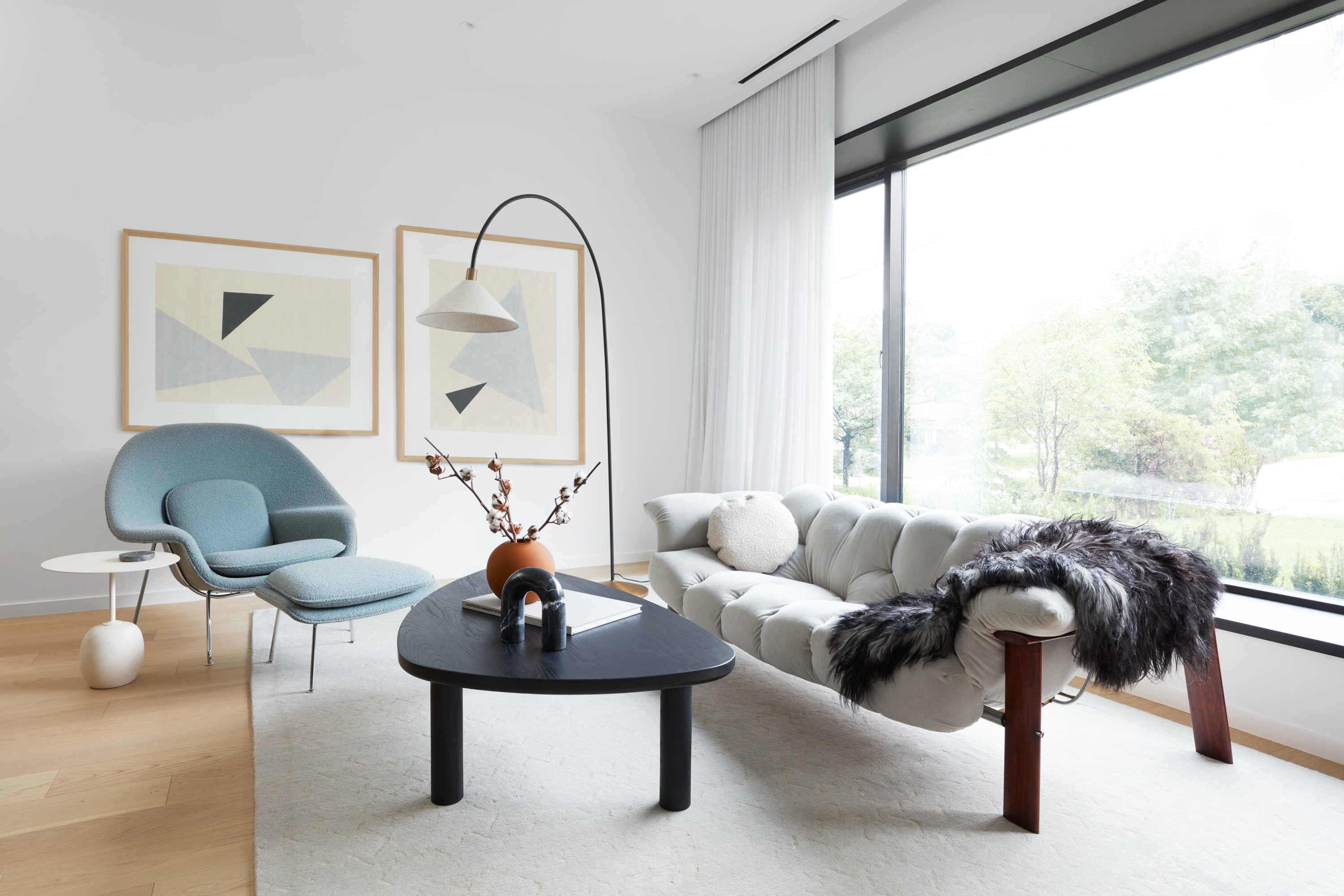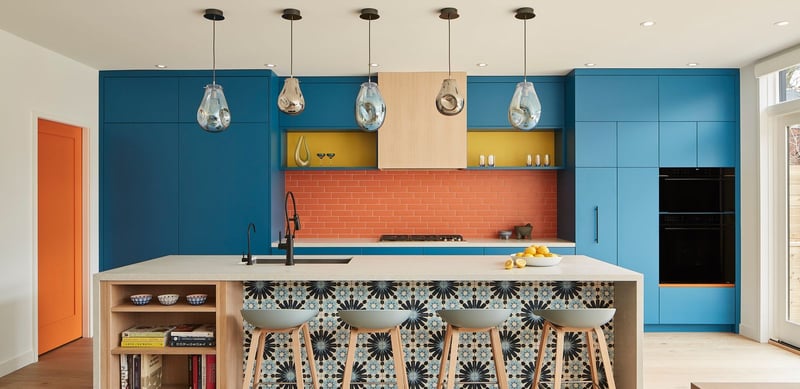
Go Global: International Home Design Ideas for Your Toronto Renovation
Today we’re seeing a momentous shift in high-end home design from simple domestic styles to the wholesale implementation of global styles. Architects, designers, and homeowners are becoming increasingly receptive to and desirous of incorporating international design ideas that enhance the interest, ambiance, and comfort of their homes. In this article, we’re covering three of our clients’ most requested styles, decor, and design influences from around the world.
Scandinavian and Nordic Design
The comforting beiges and the monochromatic earthy and neutral tones of Scandinavian designs are still popular in home decor today. Lightweight and natural-toned furniture is often used in Scandinavian design as well. Often paired with this style are design elements that were born out of the Norwegian and Danish word Hygge, which denotes a mood of comfort, coziness, contentment, well-being, and conviviality. In-home design, the word translates into a celebration of the small things, whether a hot drink station, warm lighting, a soft hearth rug, books on display, or a comforting throw on the sofa. Follow our Pinterest account to see examples of how to incorporate Scandinavian and Nordic design elements into your home.
In 2024, Scandi-style lovers are still using all of these home design elements but are now also looking to add more outdoorsy colours and nods to nature.
Asian Influences in Home Design
Functional Minimalism & Organization
When Marie Kondo published her famous book, The Life-Changing Magic of Tidying Up, in 2011, the world responded with a resounding “yes” to her principles of functional minimalism and organization. The reception of the book, which has been published in more than thirty countries, made it clear that most moderns (particularly those living in first-world countries) crave simplicity. This is true not only with our belongings but also in our environments.
Skilled architects and builders are adept at incorporating minimalistic techniques that emphasize clean lines, light and neutral colours, and functionality. Much of this is achieved through built-ins and custom storage solutions tailored to your personal belongings and needs. Be sure to check out examples of these design techniques on our Instagram account.
%20in%20entry%20way%20of%20modern%20home%20with%20circular%20wooden%20bench.jpeg?width=2000&name=yakisugi%20(shou%20sagi%20ban)%20in%20entry%20way%20of%20modern%20home%20with%20circular%20wooden%20bench.jpeg)
Japandi Style
As its name suggests, “Japandi” style is a combination of Japanese minimalism and Scandinavian functionality. The fusion also emphasizes the incorporation of biophilia and rustic natural elements. This can be accomplished in a number of ways. One of the biggest trends currently is large windows with minimalistic frames, particularly in locations that afford a view of nature.
Another easy way to achieve a similar feel in more industrial areas or areas where houses are built closer together is to incorporate several house plants throughout the home. Within the overall aesthetic, the goal is to capture the restful appeal of Japanese minimalism but soften it with the rustic charm of Scandinavian design, using nature as a way to freshen spaces.
Shou Sugi Ban Wood (Yakisugi)
One of the most popular materials in use for custom storage today is shou sugi ban wood. Shou sugi ban wood is originally referred to as Yakisugi, and Western culture started calling it shou sugi ban due to poor translation, is an ancient method of preserving wood that was developed in Japanese architecture. The technique involves charring the surface of the wood with a hot flame, cooling it, removing any soot, and finishing the wood with oil. The finished wood is not only durable and long-lasting, but it also creates a unique texture and ebony-like depth that adds dimension to your home.
French Maximalism
While many homeowners are gravitating toward Asian influences and Japandi styles that emphasize minimalism, others are inexorably drawn to the lavish elegance of French maximalism. As Vogue writer Elise Taylor clarifies, maximalism is not about having a lot of stuff; it’s about a generous use of colours, prints, and textures, as well as unabashedly surrounding yourself with physical objects you love and that renew cherished memories.
Hallmarks of maximalism in the home include bold, dark, and moody wallpapers with expansive patterns; large art pieces displayed prominently; rich textures and materials draped over sofas or incorporated as curtains over windows; and highly ornate furniture.
The movement can be traced all the way back to Paris in the 17th century, where French kings acted as patrons to artists as they exercised their craft in furniture making, tapestry weaving, various types of metalwork, small-scale sculptures, and more. The style of art that emerged during this time period was anything but minimalistic. Rich colours, lavish patterns, and overall opulence were the order of the day.
Many homeowners today are drawn to French Maximalism because of its layered allure and the creativity required to implement it tastefully. Examples of how to create a maximalist home may be found here.

Getting Started
No matter which global trend grabs your attention, successful implementation requires not only interior home decor but also architectural sensitivity to the style you’re implementing. At SevernWoods Fine Homes, we partner with an expansive network of award-winning Toronto-area architects, and we’re eager to help you find your perfect fit. We’re adept at implementing a wide array of architectural and design styles to help you achieve your dream home, so don’t hesitate to contact us to begin your project.


![Toronto Luxury Renovation Cost Guide [2024]](https://no-cache.hubspot.com/cta/default/8488197/interactive-142373055251.png)